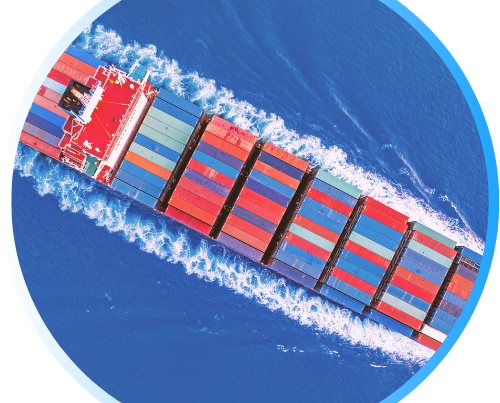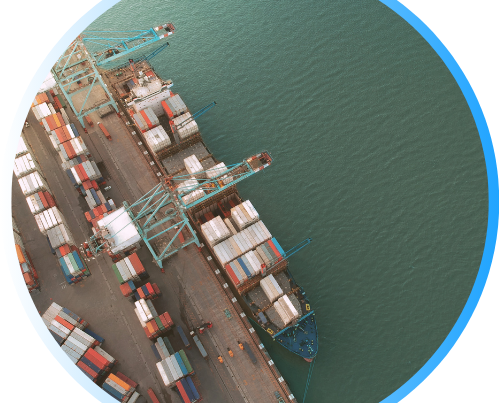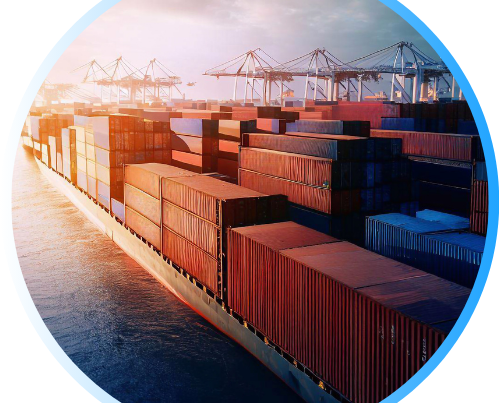Rate Related Update and Market Conditions
Market Conditions
TPEB (Trans-Pacific Eastbound)
-
Post-Lunar New Year, demand is gradually rebounding but remains below pre-holiday levels. While bookings are picking up, the market has not yet reached full recovery. Rates continue to decline as available capacity remains high, with floating rates falling sharply into March. Given the current supply-demand balance, General Rate Increases are unlikely in the near term, and Peak Season Surcharges are being mitigated on fixed contracts.
FEWB (Far East Westbound)
-
Market demand has remained stable following LNY, with weekly booking volumes at 75%-85% of pre-holiday levels. Despite early March GRIs being announced by carriers, the limited demand environment has not yet provided strong support for rate increases. Historically, similar attempts to elevate Freight All Kinds rates have succeeded under market-wide alignment, but as of February 25, there have been no indications of cancellations or downward adjustments to the planned increases.
TAWB (Trans-Atlantic Westbound)
-
Capacity utilization remains solid across North and South Europe, supported in part by recent trade policy impacts on U.S. steel and aluminum imports. However, March PSS implementation has been delayed to April for most carriers, with selective increases planned for the U.S. East Coast and Gulf regions. FAK rates are holding steady, but skepticism remains about sustained upward momentum in pricing as the market assesses the potential for a late-season peak.
Operational Updates
TPEB:
-
Equipment availability has improved across major Asian gateways, alleviating pre-LNY bottlenecks. The current supply is sufficient to meet demand, reducing disruptions in cargo movement.
FEWB:
-
Congestion at destination ports has eased, but anchor berth waiting times continue to cause occasional delays in transshipment and arrival schedules. Additionally, the Belgium rail strike on February 13 may have slowed yard turnover efficiency, potentially impacting vessel call schedules in the coming weeks.
TAWB:
-
Equipment shortages persist in Central Europe, particularly in Austria, Slovakia, Switzerland, Hungary, and parts of Southern and Eastern Germany, where carrier haulage remains the preferred option. In contrast, Southern European ports currently have adequate equipment availability.
Capacity Management
TPEB:
-
Vessel space has rebounded to over 90% capacity following the holiday slowdown. While demand is improving, ample space remains available, allowing for greater booking flexibility compared to pre-LNY conditions.
FEWB:
-
Despite early March blank sailings, capacity remains stable, with demand yet to show significant increases. Carriers continue to seek cargo commitments to support their rate positioning efforts, but no substantial space constraints have been reported.
TAWB:
-
Blank sailings are declining, contributing to more stable capacity levels. Overbooking concerns have eased, and most carriers are reporting balanced utilization rates, signaling a shift away from the volatility seen in recent weeks.
Unions Urge Trump to Act on Chinese Shipbuilding Sanctions
The leaders of four U.S. labor unions are calling on President Trump to impose sanctions on Chinese-built vessels and accelerate U.S. shipbuilding efforts. A U.S. Trade Representative (USTR) investigation concluded that China’s shipbuilding dominance stems from unfair subsidies, displacing foreign competitors. In response, the unions demand strong penalties against Chinese-backed vessels and measures to rebuild domestic shipbuilding capacity. Proposed tariffs and fees on Chinese ships entering U.S. ports are currently under review.


January Freight Volumes Show Mixed Trends at Gulf Coast Ports
Gulf Coast ports reported mixed cargo volumes in January. Port Houston saw a 7% increase in container traffic, handling 356,407 TEUs, with steel imports rising 18% year over year. Corpus Christi recorded a 5.6% increase in total cargo, driven by crude oil exports, while petroleum and dry bulk shipments declined. New Orleans saw a 28% rise in breakbulk cargo, but container volumes fell 22%, impacted by winter weather. Overall, Gulf ports experienced strong bulk movements but varied container trends to start the year.
International Intermodal Volumes Surge on U.S. West Coast
West Coast ports experienced a double-digit increase in international intermodal shipments in January, continuing a trend seen since late 2024. Importers rushed cargo ahead of potential new tariffs and concerns over labor disputes at East and Gulf Coast ports. Major ports like Los Angeles, Long Beach, Seattle, and Tacoma saw strong growth, while volumes in the Northeast and mid-Atlantic remained weak. The long-term impact depends on ongoing labor negotiations and future trade policies.


ILA Ratifies New Six-Year Contract
The International Longshoremen’s Association (ILA) ratified a six-year contract covering U.S. East and Gulf Coast ports, ensuring labor stability until 2030. The agreement, retroactive to October 1, 2024, includes significant wage increases, especially for new hires, and provisions protecting workers from automation. While automation restrictions remain in place, terminal operators secured flexibility in remote equipment operations. This agreement mitigates risks of major port disruptions on the East and Gulf coasts.

